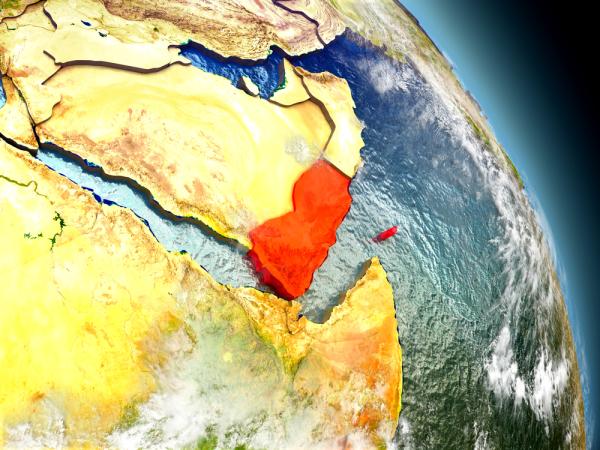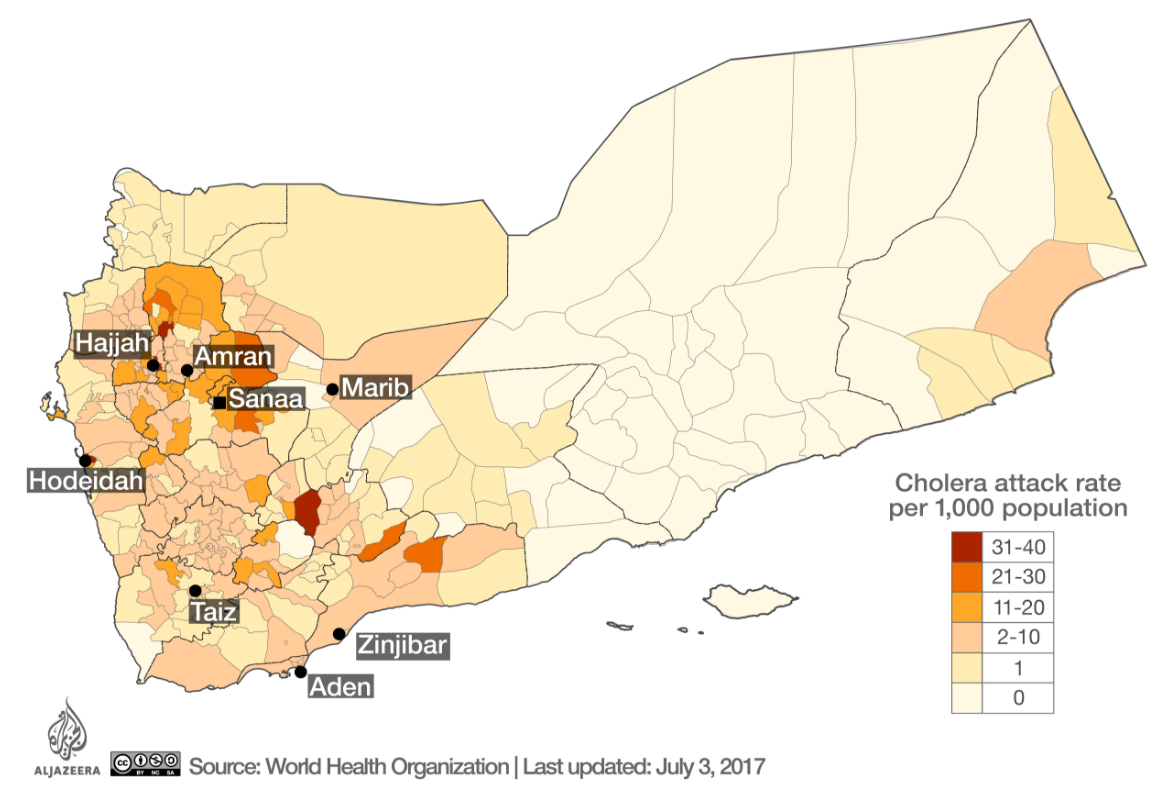The growing cholera crisis in Yemen has, unfortunately, earned the title of "the largest cholera outbreak in the world."
When we covered this outbreak last month in the article Yemen may collapse under cholera outbreak, the number of deaths was roughly 800, with the country reporting about one death per hour. According to the latest figures, the number of deaths is currently hovering around 1,500 people with an estimated 200,000 - 250,000 total cases suspected in the country and an average of 5,000 new cases each day.
Let me write that again, because it is worth repeating - there are 5,000 new cases each day.
A few aspects of cholera outbreaks make this news even more devastating. The first is that, like many infections, children are a more vulnerable population than adults and they are bearing the brunt of this outbreak, accounting for about a quarter of the dead.
The second reason is because the solution is (seemingly) so simple. Unlike other infectious outbreaks (like Ebola or ZIka) we know how cholera can be stopped and have the tools on hand. Essentially, clean water is all that is necessary to both prevent and treat the disease. Because the causative agent of cholera is the aquatic bacteria Vibrio cholerae, it is spread through contaminated water. But when the water is cleaned, the spread of the infection can be stopped.
Once an outbreak occurs, people can be treated using the same means (clean water) in the form of rehydration therapy. In most cases, rehydration therapy (an IV of saline) works to restore the hydration that the infection robs a victim of and can give that person's body time to help combat the infection. Also, there is a vaccine available. However, the number of vaccines available to Yemen cannot hold a match to an infection that spreads as effectively as Vibrio cholerae.
Lastly, if we look to the colossal failure of the UN's handling of the cholera epidemic that they themselves brought upon Haiti, people dying of cholera, put simply, do not seem to be a priority in today's world.
Notes:
A map showing the location of the cholera outbreaks.
Source: www.aljazeera.com





